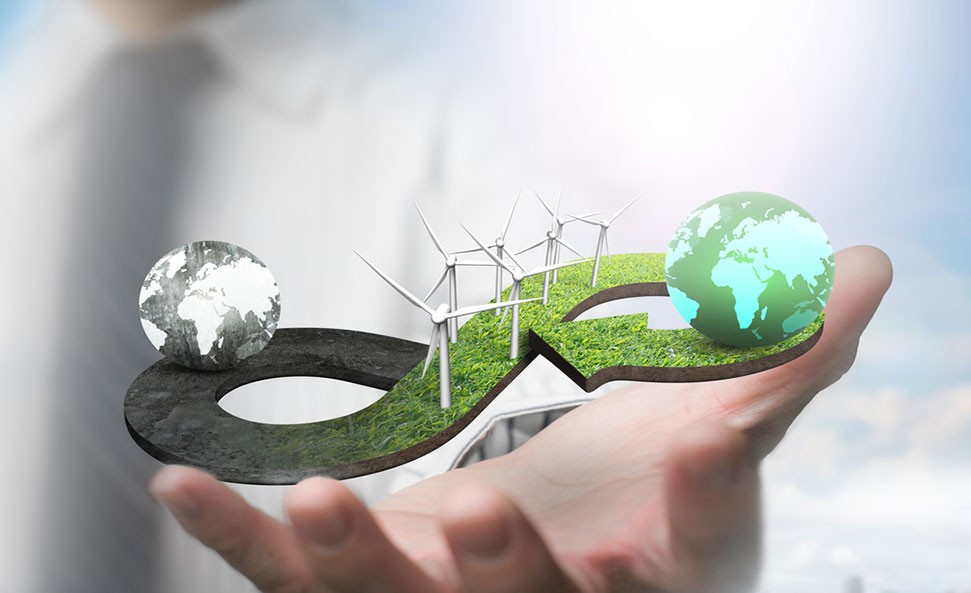
Introduction
Waste to Wealth: Unleashing the Potential of WtE Technologies is an innovative approach to waste management that aims to transform waste into valuable resources through various Waste to Energy (WtE) technologies. This article explores the relevance and importance of WtE technologies in addressing waste management and environmental sustainability. Additionally, it illustrates the potential economic and environmental benefits of implementing WtE technologies.
Historical Background
Waste management practices have evolved significantly over time. Initially, waste was commonly disposed of in landfills, leading to environmental degradation and resource depletion. However, with the emergence of WtE technologies, there has been a shift towards more sustainable waste management practices. This section provides a historical overview of waste management practices and highlights key milestones and developments in WtE technologies.
Key Concepts and Definitions
To understand the concept of Waste to Wealth (WtW) and WtE technologies, it is essential to define key terms and concepts. This section explains the concept of WtW and WtE technologies, as well as introduces concepts such as circular economy, resource recovery, and landfill diversion. These concepts are crucial in understanding the potential of WtE technologies in transforming waste into valuable resources.
Main Discussion Points
WtE Technologies and Processes
This section provides an overview of various WtE technologies, including incineration, anaerobic digestion, gasification, and pyrolysis, and their respective processes. It discusses the energy generation potential of these technologies and explains the waste conversion and treatment methods employed. Understanding these technologies and processes is vital in assessing their potential impact on waste management and resource recovery.
Environmental and Economic Benefits
WtE technologies offer significant environmental advantages. By reducing greenhouse gas emissions, air pollution, and landfill usage, these technologies contribute to mitigating climate change and protecting the environment. Additionally, WtE technologies have the potential to generate economic benefits, including job creation and revenue generation. Furthermore, they enable the recovery of valuable resources from waste, such as renewable energy and fuels. This section explores the environmental and economic benefits of implementing WtE technologies.
Policy and Regulatory Frameworks
Government support and regulatory frameworks play a crucial role in promoting and supporting the adoption of WtE technologies. This section explores the role of governments and regulatory bodies in waste management and discusses policy measures and incentives that encourage the implementation of WtE technologies. It also highlights successful examples of countries or regions with effective waste management policies and successful WtE implementation.
Technological Innovations and Advancements
Technological advancements have significantly improved WtE processes and efficiency. This section highlights recent innovations in WtE technologies, such as the integration of digital technologies, automation, and artificial intelligence. It explores the potential of these advancements in improving WtE processes and efficiency. Additionally, emerging concepts such as decentralized WtE systems and modular solutions are discussed in this section.
Case Studies or Examples
Real-world case studies and examples are powerful tools in understanding the practical applications and positive impact of WtE technologies. This section provides case studies from different regions or industries that showcase successful WtE projects. These case studies highlight the positive outcomes of implementing WtE technologies in waste management, energy generation, and resource recovery.
Current Trends or Developments
The field of WtE technologies is constantly evolving, with new trends and developments emerging regularly. This section discusses recent trends and developments in WtE technologies, including research findings and studies on the effectiveness and scalability of different WtE processes. It also highlights the growing recognition of WtE as a sustainable solution in waste management strategies globally.
Challenges or Controversies
While WtE technologies offer significant benefits, they also face common challenges and controversies. This section addresses these challenges, such as public perception and concerns about emissions and waste incineration. It also discusses potential trade-offs or limitations of certain WtE processes. Moreover, differing viewpoints on the role of WtE technologies in waste management systems are presented to provide a comprehensive perspective.
Future Outlook
The future outlook for WtE technologies is promising. This section speculates on the implications and potential growth of WtE technologies. It discusses the potential for technological advancements and cost reductions in expanding the adoption of WtE technologies globally. Additionally, it emphasizes the need for collaboration among stakeholders to maximize the potential of WtE in waste management and resource recovery.
Conclusion
In conclusion, Waste to Wealth: Unleashing the Potential of WtE Technologies is a crucial approach to address waste management challenges and promote sustainability. This article summarizes the main points discussed, including the relevance of WtE technologies, their environmental and economic benefits, policy frameworks, technological advancements, case studies, challenges, and future outlook. It reinforces the significance of WtE technologies in transforming waste into valuable resources.